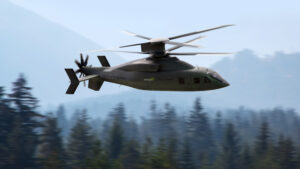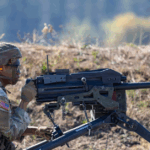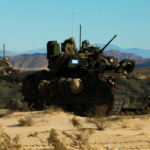
The Army’s new deals to Bell [TXT] and a Sikorsky [LMT]-Boeing [BA] team for the next phase of Future Long Range Assault Aircraft (FLRAA) competitive demonstration and risk reduction (CD&RR) effort will allow for an accelerated Milestone B decision as both offerors work on completing preliminary design reviews, a lead official said Wednesday. Col. David Phillips, project manager for FLRAA, told reporters the CD&RR Phase II effort will work in parallel with the ongoing source selection effort for aircraft production,…

 By
By 











